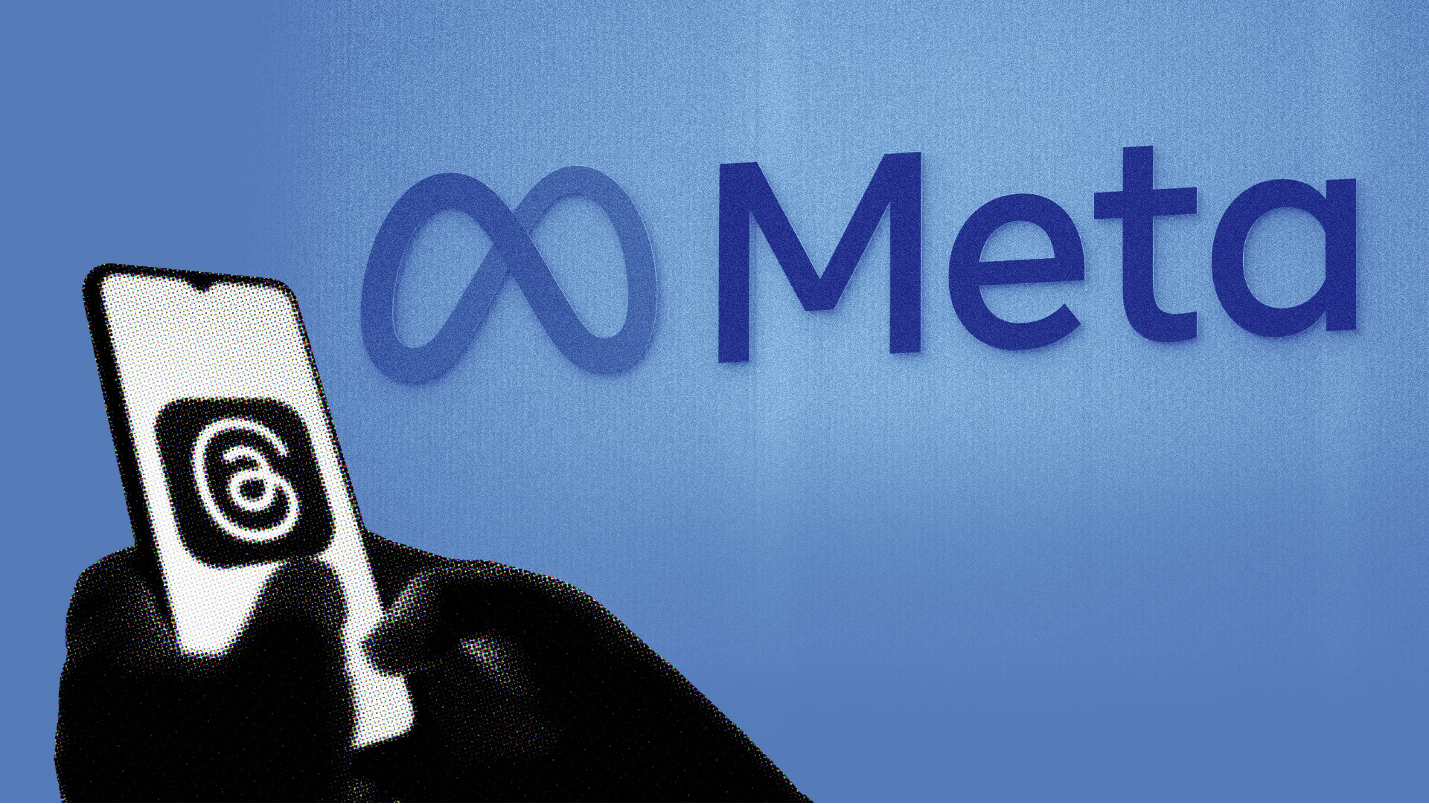Landing a job at Meta this year has been incredibly challenging. On one hand, they’re aggressively recruiting top AI talent with high salaries, but on the other, they’re laying people off and significantly raising the bar for new hires. Fortunately, after a month of dedicated preparation, I successfully secured an offer. The process was long and grueling. I had been laid off from my last job over three months prior and had failed interviews at both Google and Apple for SDE positions. This led to a period of intense self-doubt, but I ultimately got the job I wanted.
I had been following the OAassist interview support community for a long time, and their technical interview service helped me immensely. Through this article, I hope to share my experience and help other candidates preparing for Meta interviews.

Background
I have 5.5 years of experience and have never worked at a FAANG company before. My previous experience included a few stints at smaller companies, such as IBM. I had been grinding LeetCode on and off for 2.5 years, completing over 850 problems.
My Journey to a Meta SDE4 Offer
Landing a job at Meta this year has been incredibly challenging. On one hand, they’re aggressively recruiting top AI talent with high salaries, but on the other, they’re laying people off and significantly raising the bar for new hires. Fortunately, after a month of dedicated preparation, I successfully secured an offer. The process was long and grueling. I had been laid off from my last job over three months prior and had failed interviews at both Google and Apple for SDE positions. This led to a period of intense self-doubt, but I ultimately got the job I wanted.
I had been following the OAassist interview support community for a long time, and their technical interview service helped me immensely. Through this article, I hope to share my experience and help other candidates preparing for Meta interviews.
My Background
I have 5.5 years of experience and had never worked at a FAANG company before. My previous experience included a few stints at smaller companies, such as IBM. I had been grinding LeetCode on and off for 2.5 years, completing over 850 problems.
Applying for the Job
After seeing a job posting on LinkedIn, I proactively reached out to a Meta recruiter and sent them my resume. They liked my profile and scheduled a phone call to discuss my experience.
About three days later, I spoke with the recruiter. We primarily discussed my full-stack development and over two years of system design experience. They mentioned that there were no open positions for SDE3, so they would be interviewing me for the SDE4 level. It was all or nothing: either I got the SDE4 offer, or I was out of the running completely. The recruiter explained the entire interview process in detail, and I requested two weeks to prepare for the phone screen.
Preparation Routine
To prepare for Meta’s specific interview questions, I decided to buy a LeetCode Premium subscription and focused on the top 60 most frequent Meta questions from the last 60 days. In parallel, I also did a mock interview with the OAassist team. The experience was very realistic and taught me a lot about the specific details of Meta’s interviews and some problems that aren’t typically found on LeetCode.
Phone Screen
In this round, the interviewer asked me two questions.
First Question: Trapping Rain Water. This is a classic question to test your knowledge of the two-pointer technique. You’ll likely need to start by explaining the brute-force solution, explain why it’s inefficient, and then present the optimal two-pointer solution. The key is to show how you use two pointers moving from opposite ends toward the middle, using variables to track the highest height on both the left and right sides. The interviewer will be very focused on how you determine the conditions for moving the pointers and updating the water trapped after each move.
Follow-up: Longest Substring Without Repeating Characters. This is a very classic sliding window problem. The key to solving it is to efficiently maintain a “window” and, when a repeating character is found, to quickly adjust the window’s starting position. You need to explain how to use a hash map or array to store the index of each character and use that information to adjust the window. This question tests your understanding of the sliding window technique and how to use space to optimize the solution.
Phone Screen Results
Within 48 hours, the recruiter emailed me to set up a call. On the phone, they told me I had passed the phone screen and would be moving on to the formal interviews. They said another recruiter would take over from there. The new recruiter quickly reached out, introduced themselves, and scheduled a call to discuss the details of the formal interviews. The new recruiter was very friendly and provided a detailed overview of the entire process, including the focus of each round. The call lasted for over an hour. I requested four weeks to prepare.
Formal Interview Preparation
I was quite confident in my coding skills, so I shifted my focus to system design. The recruiter had also told me that for the SDE4 level, system design and behavioral interviews would be crucial. Here are the resources I used:
System Design Preparation
Over the past six months, I had intermittently watched some videos but hadn’t prepared systematically. I had read Designing Data-Intensive Applications to understand the basic concepts, but since I had never had a system design interview before, I had to turn to OAassist’s system design interview assistance. They trained and coached me using system design questions recorded from their previous interviews, which helped me improve my system design thinking and provided real-time tips on how to approach the questions during the interview.
Formal Interview Rounds
System Design Interview
I encountered a variation of a problem found on LeetCode. I provided a solid solution, and since I had seen a similar variation during a mock interview, I was able to clarify the requirements and dive deep into trade-offs and technical details with the interviewer within seconds. I felt I performed very well, but I wasn’t entirely sure if I would pass. After the interview, I felt a huge sense of relief and was very relaxed.
Coding Interview 1
This interviewer asked two moderately difficult questions. The first was to implement an LRU Cache, which tests your ability to combine a hash map and a doubly linked list. I first outlined my basic approach, then explained how to use the doubly linked list to maintain access order and the hash map for quick node lookups. After writing the code, I walked through a specific sequence of key-value operations, explaining the process of a cache hit, a miss, and evicting the least recently used element. The other question was Find Median from Data Stream. For this, I immediately thought of using two heaps (a max-heap and a min-heap) to maintain the data stream and find the median in real time. I explained the purpose of each heap, how to balance their sizes, and the operations for inserting new data. The interviewer was impressed with my approach, and I felt this round went very smoothly.
Behavioral Interview
This round was very fluid. The interviewer’s questions mainly revolved around my project experience and teamwork. They asked me how I drive progress when a project hits a roadblock and how I communicate with colleagues when we disagree. I had prepared several stories in advance, each detailing the Situation, Task, Action, and Result (STAR method), so my answers were specific and convincing. What stood out to me was a question about a past failure. I honestly shared a lesson from a failed project and emphasized what I had learned from it. Overall, I felt my answers were authentic and insightful, and I had good rapport with the interviewer.
Coding Interview 2
This interviewer asked three questions, including one follow-up. The first was Word Break II, a classic combination of backtracking and dynamic programming. I first presented the backtracking solution, then optimized it with dynamic programming, clearly explaining the difference between the two methods and why DP was superior. The interviewer approved of my thinking and gave me a follow-up: Word Ladder. This is a typical Breadth-First Search (BFS) problem. I quickly came up with a solution, explaining how to use a queue to traverse the words layer by layer and a set to keep track of visited words to avoid repetition. I wrote the code and walked through it smoothly.
The last question was Regular Expression Matching. It took me some time to figure out the approach. I initially thought of using recursion, but realized there were many redundant calculations, so I ultimately switched to dynamic programming. I drew the DP table on paper and explained in detail to the interviewer how to fill it out and the logic behind the state transition equations. Although this question took a good chunk of my time, I completed it in the end.
Interview Results and Follow-Up
When I got the call, my heart was pounding. I was sure I was about to receive bad news. But to my surprise, they were very impressed with my coding and behavioral interviews, but felt that my system design might have been an “off day.” So, they decided to give me another SDE4-level system design interview. They explained that while my design ideas were good, the interviewer felt I had given inconsistent signals and recommended a re-interview. The recruiter asked when I could do the re-interview, and I requested two weeks to prepare.
Preparing for the System Design Re-interview
I realized I had the foundational knowledge but lacked practical experience. I found a few partners in the OAassist community and did two mock interviews every day. I also used the practice tools they provided, which helped me identify blind spots in my understanding of the solutions. I also did one more paid mock interview with an experienced OAassist interviewer who asked me a complex question and gave me excellent feedback. After all this preparation, I felt much more confident about the SDE4-level system design re-interview.
System Design Re-interview
I was asked a variation of a problem from Reddit. I spent some time clarifying the requirements, then defined the API and presented my design. This time, I made sure to explain the various trade-offs and discussed the technical details in depth. There were still some points I wanted to make, but I ran out of time. I realized I had spent too much time clarifying the requirements and should have focused more on time management. However, the interviewer stayed on for an extra 10 minutes after the interview to answer all my questions. I felt that I performed very well this time, and I felt much better about my chances.
The Offer
Three days after the final interview, the recruiter called to tell me that the Hiring Committee had approved my SDE4 application. They said the team match process was slow and explained the next steps. I told them my preferred work location.
To my surprise, the recruiter called again the next day, saying a position had suddenly opened up. The hiring manager (HM) liked my resume and wanted to chat. I asked them to send me the team details, but the location was not my top choice.
This team was notorious online for its “poor work-life balance” (WLB), and I was a bit hesitant to talk to this HM. We are only allowed to talk to a maximum of three HMs and reject two of them. However, after talking to people with Meta interview experience on forums, I saw many people waiting for two to three weeks or even longer for a team match, so I felt incredibly lucky and decided to stop worrying about WLB. I immediately scheduled a call with the HM for the next day.
The HM was very friendly and interested in the projects I had listed on my resume. I detailed my experience, and it turned out to be exactly what his team was looking for. He gave me a detailed overview of the team’s work and organizational structure. I had prepared five questions, but he ended up answering most of them in advance. I liked the manager very much and immediately agreed to the team match.
The recruiter called me that same day and gave me an initial offer. I thanked them. I had previously checked the salary range for an SDE4 in that location on LinkedIn, and this offer was clearly on the low side. The recruiter said they would speak with the compensation team and give me an updated offer.
The next afternoon, the recruiter called again. This time, the offer was in the middle of the salary range, with a base salary of nearly $250K. Since I didn’t have any other offers and was worried about losing this hard-earned opportunity at a top-tier company, I didn’t dare to negotiate the salary. Although I felt like I should have tried to get more, I’m not good at negotiating, so I ended up accepting it. They said the offer letter was being processed and would be sent to me via email soon. I signed it, officially accepting the offer.




